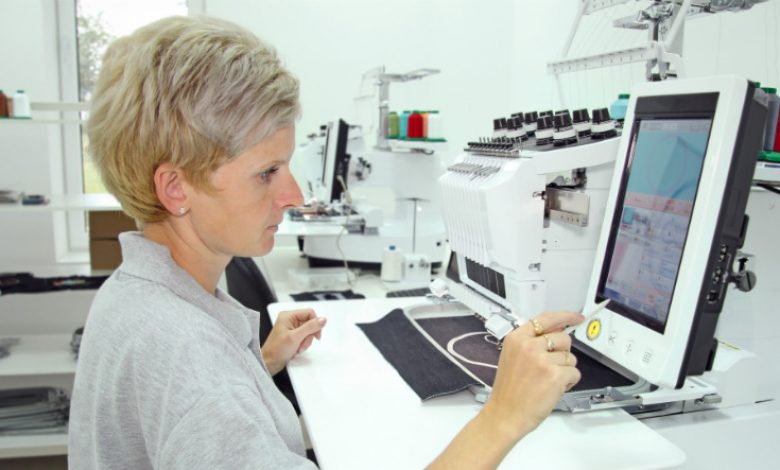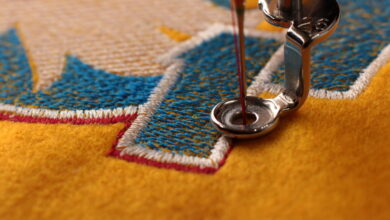Maintaining Informational Workflow in Your Embroidery Shop

The way information is stored and transmitted can make a significant difference in how quickly your shop completes an order. Regardless of the system you employ, you have to ensure access and remove ‘regressions’ in the flow of information.
Ideally, each department and worker has access to all information necessary to complete their tasks as goods for decoration arrive at their stage of production. Ensure that every department aims to deliver its output and info as a finished package to the next department in the production process, leaving no unanswered questions.
Each job that arrives in your embroidery department should either be pre-packaged with all information, design files, dates, and deliverables or have an identifier pointing staff to a place where those crucial bits of data live in an easily accessible system. Though rarely eliminated, the aim is to limit regressions. These are times when the flow moves backward, requiring a department to stall production while obtaining information, files, or materials from a department earlier in the production chain.
For example, if your art department provides files, color sequences, and placement specs to the embroidery department, you don’t want to see department staff running down the digitizer for missing files or specifications. You also definitely don’t want staffers regularly calling customers to clarify information that should have been locked down by sales in the quoting/ordering process. Investing in systems that aid this process, like customer-relationship and job-management software, can help eliminate loops and slowdowns. These systems make it simpler to enter information and clarify what information is required to proceed with a given job. They also allow for centralized storage of customer, order, and design info, as well as remote access and the tracking speeds of both customer interactions and repeat orders.



